
Remember when professional sports teams came and professional sports teams go? It’s a truth as old as the games themselves, a constant churn where ambitious leagues rise, legendary teams shine brightly, and then, for a myriad of reasons, fade away. The history of professional sports in the United States wouldn’t be complete without a deep dive into some of the franchises that relocated or folded as their leagues tried to get traction throughout the country, leaving behind a trail of incredible stories and, for many fans, a lingering sense of ‘what if?’
While today’s sports landscape might seem dominated by established giants, there was a time, not so long ago, when new leagues bounced into the arena with the gusto of a rookie player, eager to challenge the status quo. These maverick enterprises, alongside some truly iconic teams, pitched curveballs at the conventional, shuffling the deck of rules and playbooks, and giving athletes a fresh stage to strut their stuff. They were sparklers in the twilight of sports lore, brief but brilliant, etching themselves into the collective memory of fans, even if their tenures were tragically short-lived.
So, let’s take a jaunt down memory lane, back to a time when sports entrepreneurs dared to dream big, and local heroes became legends, even if their uniforms eventually became museum pieces. This journey celebrates the ‘what could have beens’ and the ‘remember whens,’ shining a light on 15 of these unforgettable entities that, for various fascinating reasons, are no longer punching their tickets on the professional playfield. Get ready to tip your cap to the leagues and teams that, despite their bravado and innovation, vanished from the U.S. landscape, leaving behind legacies that still resonate with sports fans today.
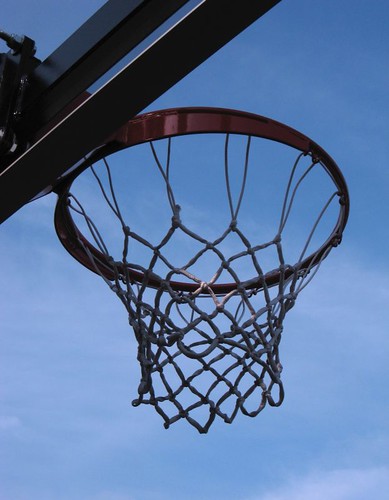
1. **The American Basketball Association (ABA)**
Once upon a 1967, the ABA slam-dunked its way onto the scene, throwing shade at the NBA with its razzle-dazzle style and tricolor basketballs. It was truly the cool uncle of the court, bringing a flash and flair that contrasted sharply with the more traditional NBA. This league wasn’t afraid to innovate, and its lasting contribution to basketball would forever change the game as we know it.
It was the ABA that gave us the gift of the three-pointer, a revolutionary rule that transformed offensive strategies and opened up the court in ways previously unimagined. Beyond the flashy rules, the league was a crucible for incredible talent, springboarding legends like Julius Erving, affectionately known as Dr. J, into basketball stardom. His acrobatic play and charismatic presence perfectly embodied the ABA’s adventurous spirit, making it a must-watch for many.
But after a vibrant run, showcasing thrilling basketball and unforgettable personalities, the league took a final bow in 1976. Its eventual demise saw four of its teams absorbed into the NBA, a testament to the talent and innovation it fostered. Though it’s gone, the ABA left us with nothing but throwback jerseys, a treasure trove of disco-era basketball nostalgia, and a blueprint for how to truly make the game exciting.

2. **World Hockey Association (WHA)**
Talk about ice-breakers, the WHA in 1971 was cold-dishing an alternative to the NHL’s established monopoly. This league had moxie, challenging the dominant hockey league by offering players competitive contracts and a new platform. It quickly became a significant force, proving that there was indeed room for more professional hockey.
The WHA made an indelible mark on hockey history by introducing us to the likes of a young Wayne Gretzky, who began his professional career there. This was a monumental moment for the league, as it gave fans a glimpse of the future ‘Great One’ before he ever laced up for an NHL team. His time in the WHA showcased the league’s ability to attract and develop generational talent.
Despite its eventual meltaway, with its eventual merger with the big league in 1979, the WHA left deep skate tracks in hockey history. It forced the NHL to evolve, expanded the reach of professional hockey, and offered a thrilling, high-scoring style of play that captivated audiences. Its legacy is one of boldness and a significant impact on the sport.
Read more about: Beyond the Finish Line: Athletes Who Defied Age, Redefined Retirement, and Left an Indelible Mark
3. **XFL (2001)**
Not all remixes hit the right note, and the original XFL in 2001 was a one-hit-wonder, courtesy of wrestling mogul Vince McMahon. It burst onto the scene with a promise to spice up the football formula, aiming to deliver a more aggressive, less constrained version of the game. The league was certainly innovative, with unique rules and an emphasis on entertainment that transcended traditional football.
The XFL introduced bizarre rules, including allowing players to put phrases and nicknames on the back of their jerseys, and a scramble for possession instead of a coin toss. This created a spectacle that garnered significant public consciousness, if only for its distinct approach. It aimed for an edgier, more raw version of the game, hoping to attract a different kind of football fan.
However, the league ended up being a fumble, disbanding after critics panned it as a spectacle without substance. Despite its aspirations, the XFL only lasted one season, but in that brief time, it certainly made a huge impression on the public consciousness, even if its ultimate fate was a quick exit from the sports landscape. The Los Angeles Xtreme were the champions in its one year of existence, winning the ‘Million Dollar Game’ for the title behind quarterback Tommy Maddox, the XFL Most Valuable Player.
Read more about: 16 Must-Watch Heist Movies Full of Thrills and Twists
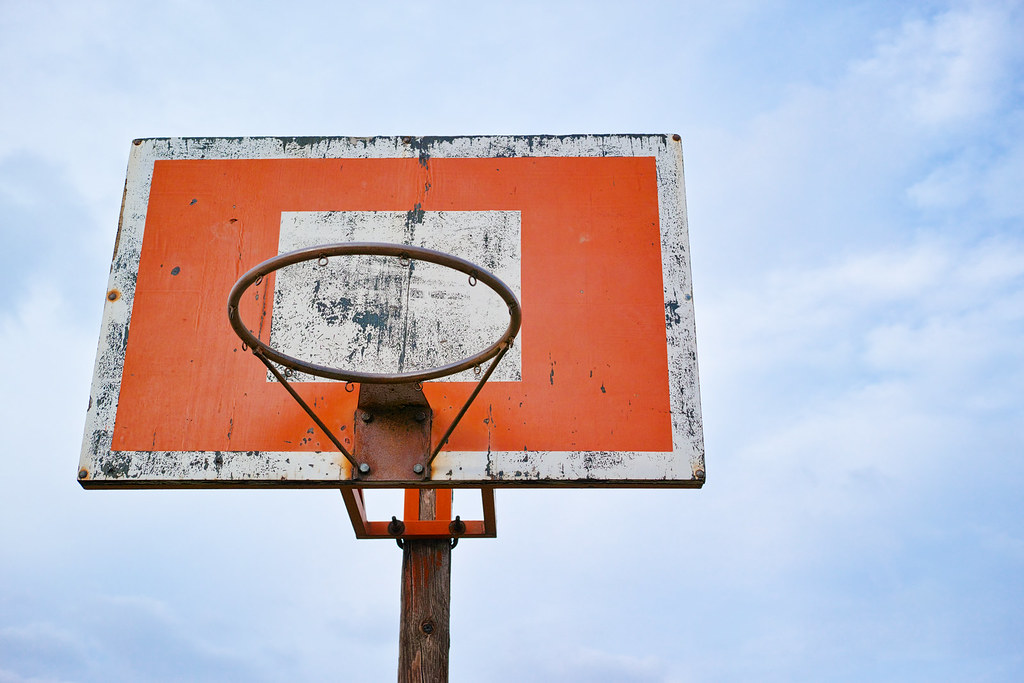
4. **Women’s Professional Basketball League (WBL)**
The WBL broke the court’s glass ceiling from 1978 to 1981, pioneering the professional game for women hoopers across the United States. It was a groundbreaking initiative, offering female athletes a legitimate platform to showcase their incredible talent and athleticism. This league was crucial in establishing the viability and excitement of women’s professional basketball.
For a few short, but significant, years, the WBL provided thrilling competition and fostered a new generation of basketball stars. It laid crucial groundwork, demonstrating that there was indeed an audience for women’s professional sports. The league created opportunities for players who previously had nowhere to go after college to continue their careers at a high level.
But even trailblazers can lose their way, and the WBL, despite its immense cultural importance, dribbled into obscurity due to a lack of financial hustle. Sustaining a new professional sports league, especially one breaking new ground, proved to be an enormous challenge without sufficient investment and widespread support. Its demise, however, only fueled future efforts to establish stable women’s basketball leagues.
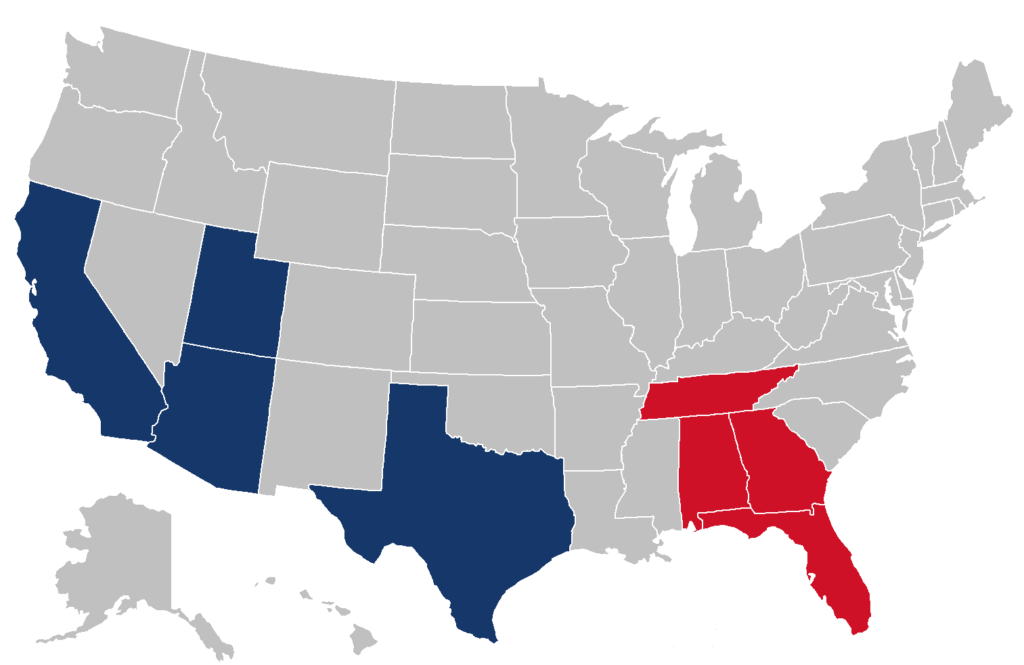
5. **Alliance of American Football (AAF)**
The AAF, in its fleeting 2019 stint, tried to keep the pigskin party going post-Super Bowl, aiming to fill the void for football fanatics craving more action. It launched with considerable fanfare and an innovative approach, offering fans a springtime alternative to the NFL. The league quickly garnered attention with its engaging gameplay and a roster of promising, unproven talent.
It was designed to be a complementary league to the NFL, featuring a blend of former NFL players, recent college graduates, and those looking for a second chance. The AAF implemented several rule changes to enhance excitement, such as no kickoffs and a shorter play clock, making for a faster, more dynamic game that initially appealed to viewers.
Unfortunately, it couldn’t tackle the monetary muscle needed to survive and couldn’t secure an NFL lifeline, leading to an untimely benching. The financial difficulties mounted rapidly, and despite its promising start, the league ceased operations before its inaugural season was even complete. Its abrupt end highlighted the immense financial hurdles new football leagues face in the shadow of the NFL.
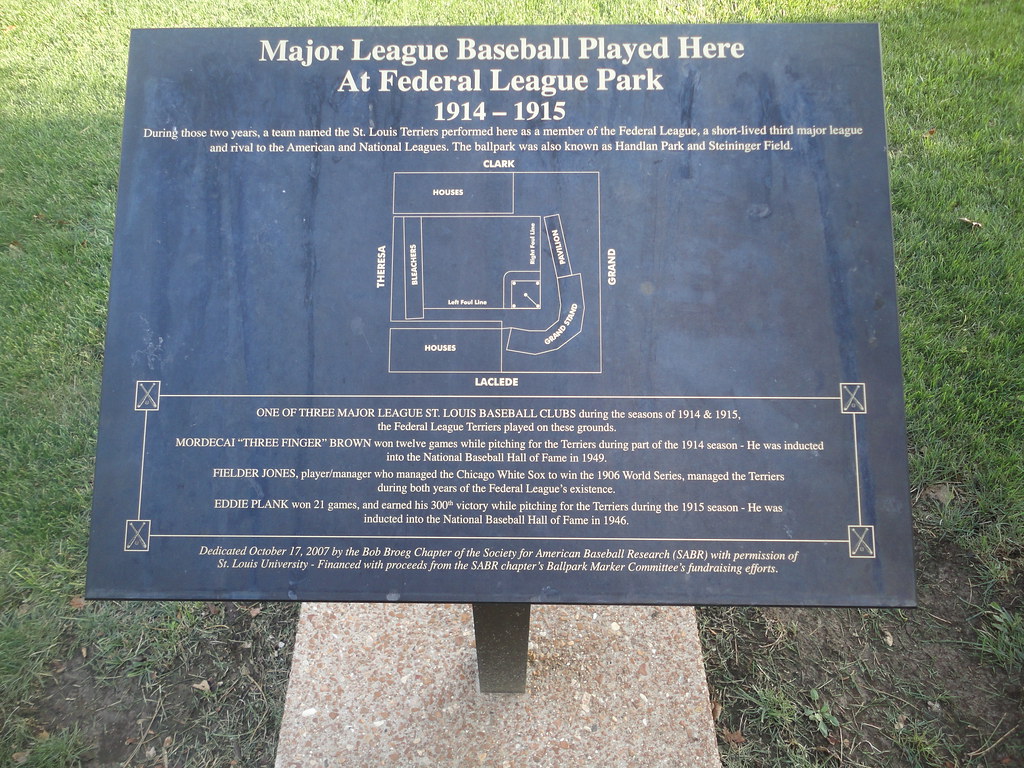
6. **Federal League (FL)**
The Federal League swung for the fences from 1913 to 1915, presenting a serious challenge to the baseball establishment, which at the time was dominated by Major League Baseball. This was no minor league, but rather a bona fide third major league, attracting prominent players and offering a viable alternative to the National and American Leagues. It brought an exciting period of competition and player mobility to the sport.
It became a legend for its antitrust scuffle with the MLB, a landmark legal battle that still echoes in the halls of sports law today. The Federal League owners filed suit against MLB for creating a monopoly in professional baseball, arguing that MLB’s practices stifled competition. While the league itself ultimately folded, the legal precedent set by this case, particularly the Supreme Court’s ruling, had long-lasting implications for sports and antitrust law.
Despite its brief existence, the Federal League demonstrated the potential for competition in professional baseball and left a lasting legacy in the realm of sports business and law. Its story is a fascinating footnote in baseball history, illustrating how a challenge to the status quo, even if unsuccessful in the long run, can create profound and enduring effects on an industry.
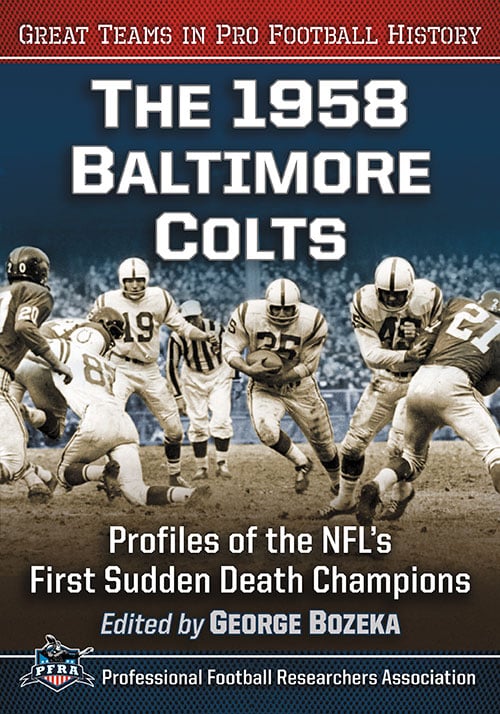
7. **Baltimore Colts**
The beloved Colts played their first season in 1953 and quickly built a devoted following in Baltimore, becoming an integral part of the city’s identity. This franchise wasn’t just a team; it was a passion, deeply embedded in the hearts of its fans. The Colts brought immense pride to Baltimore, cementing their place as one of the most cherished teams in the NFL.
Over the years, the Colts delivered on the field, winning three NFL championships in 1958, 1959, and 1968, and capturing Super Bowl V in 1970. These victories were celebrated with fervent enthusiasm, showcasing the team’s consistent excellence and the strong bond between the players and their loyal fanbase. The city lived and breathed Colts football, creating an atmosphere unrivaled by many.
The team’s shocking move to Indianapolis in the middle of the night in 1984 broke the hearts of many, leaving a deep wound in the city of Baltimore. This controversial relocation, executed under the cover of darkness, was a painful testament to the unpredictable nature of professional sports franchises. It remains one of the most infamous departures in sports history, a stark reminder that even the most cherished teams can vanish from their landscape.” , “_words_section1”: “1994
Now, let’s continue our journey through the annals of vanished sports, shining a light on more unforgettable entities that, for various fascinating reasons, are no longer punching their tickets on the professional playfield. These are the teams and leagues that etched themselves into the collective memory of fans, leaving legacies that still resonate with sports enthusiasts today. From unique business models to star-studded rosters, their stories remind us that even in the cutthroat world of professional sports, passion and innovation can leave an everlasting mark.
Read more about: A Legacy Remembered: Honoring the Lives of Notable Celebrities and Influential Figures We Lost in October 2025
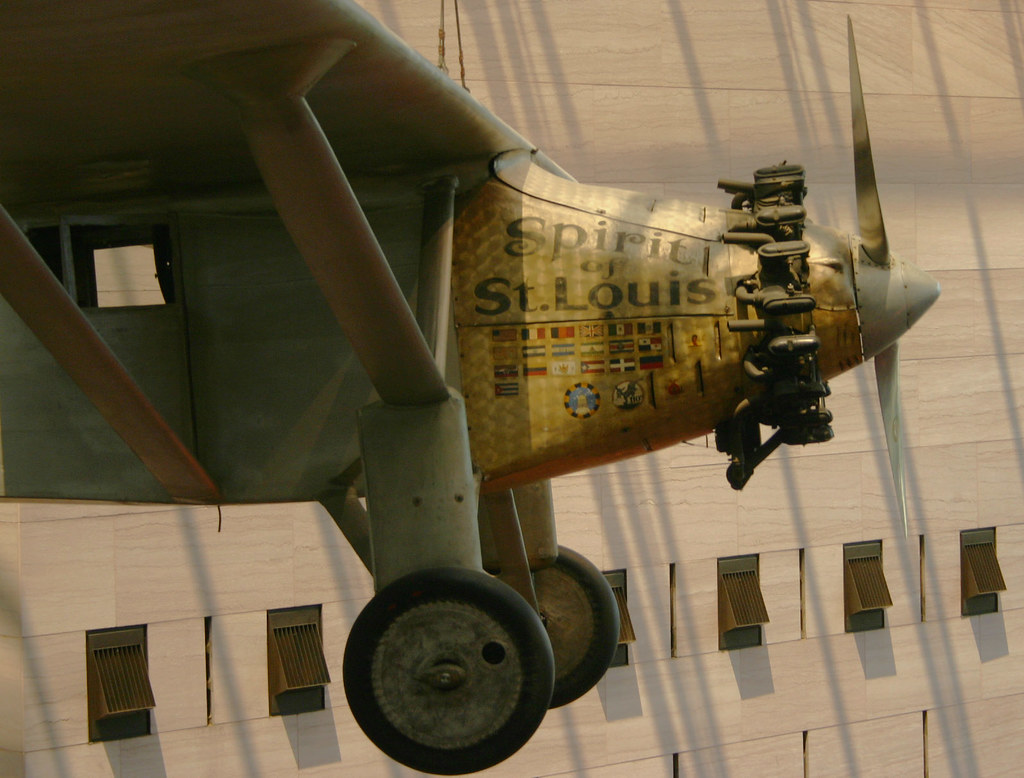
8. **Spirits of St. Louis**
Immortalized in Terry Pluto’s definitive book, “Loose Balls,” the Spirits of St. Louis were more than just an ABA basketball team; they were a wild chapter in sports lore. Their roster was a blend of raw talent and intriguing personalities, including an ‘uber-talented, uber-troubled star forward named Marvin Barnes,’ alongside a young play-by-play announcer in his early 20s named Bob Costas, long before he became a household name. This team, active from 1974 to 1976, encapsulated the spirited, unpredictable nature of the ABA.
The true legend of the Spirits, however, lies in their unprecedented financial ingenuity. When the NBA absorbed four ABA teams in 1976, the Spirits were conspicuously left out of the merger. Facing an uncertain future, the team’s owners, brothers Ozzie and Daniel Silna, made a truly prescient deal that would reverberate for decades to come, proving sometimes not making the cut can be the biggest win.
Instead of accepting a modest buyout offer from the NBA for ‘a couple of million dollars,’ the Silnas negotiated for ‘a share of future national TV rights that would go on in perpetuity.’ While NBA TV money was a mere trickle in the mid-1970s, this visionary agreement paid off beyond anyone’s wildest dreams. Over the ensuing decades, as professional basketball exploded into a global phenomenon, that seemingly small deal ‘netted the owners $800 million,’ a truly staggering sum that made the Spirits of St. Louis perhaps the most profitable defunct team in sports history, simply for existing.
Read more about: The 14 Most Iconic Movie Villains of All Time That Seriously Live Rent-Free in Our Heads
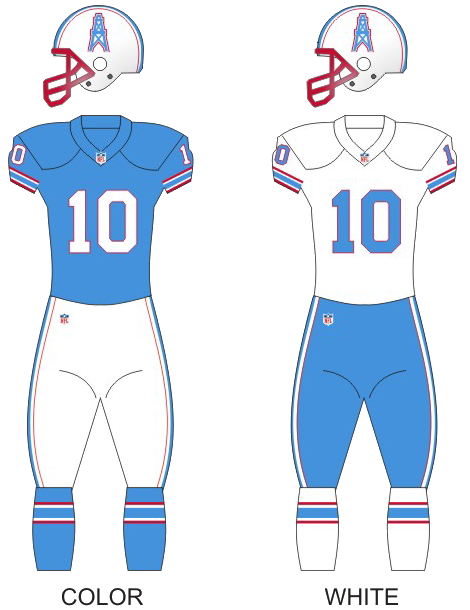
9. **Houston Oilers**
The Houston Oilers represent a foundational piece of American football history, starting their journey as an original member of the American Football League (AFL) in 1960. They quickly became synonymous with the burgeoning league’s exciting, wide-open style of play, captivating a devoted fan base in Houston. The team’s early success, including winning the first two AFL championships, cemented their place in the hearts of Texans.
After the historic AFL-NFL merger, the Oilers continued their tenure in Houston, playing in the NFL from 1970 onwards. Throughout these years, the franchise delivered moments of intense gridiron glory, though a Super Bowl victory always eluded them. The iconic “Luv Ya Blue!” era, in particular, created an unbreakable bond between the team and its passionate supporters, turning Houston into a bona fide football town.
However, the unpredictable nature of professional sports franchises eventually led to a heartbreaking departure. After decades of calling Houston home, the Oilers packed their bags and moved to Tennessee in 1997. This relocation left a void in the city’s sports landscape, marking the end of an era for a franchise deeply ingrained in the fabric of Houston’s identity, even as new teams eventually filled the football void.
Read more about: Beyond the Finish Line: Athletes Who Defied Age, Redefined Retirement, and Left an Indelible Mark

10. **Seattle Supersonics**
For over four decades, the Seattle Supersonics were the vibrant heart of basketball in the Pacific Northwest. Established in 1967, the Sonics played in Seattle until 2008, building a rich legacy that included an NBA championship in 1979 and multiple thrilling playoff runs. The team fostered generations of loyal fans, transforming Seattle into a passionate basketball city that lived and breathed Sonics hoops.
The Supersonics boasted a roster of legendary players throughout their history, becoming a proving ground for future Hall of Famers and fan favorites alike. From Spencer Haywood and Dennis Johnson to Gary Payton and Shawn Kemp, the team’s stars electrified arenas and created unforgettable moments that still echo in the collective memory of basketball aficionados. Their distinct green and gold jerseys were a ubiquitous sight across the region.
However, despite their deep roots and passionate fanbase, the franchise’s story took a controversial and painful turn. In 2008, under the ownership of local businessman Clay Bennett, the team was controversially moved to Oklahoma City, where it was rebranded as the Thunder. This relocation broke the hearts of countless Seattleites, leaving a deep wound in the city’s sports psyche and serving as a stark reminder of the often-unromantic business side of professional sports.
11. **New York/Brooklyn Americans**
The New York Americans, affectionately known as the “Amerks” to their devoted fans, were an NHL mainstay for almost two decades, carving out a significant chapter in professional hockey history. From 1925 to 1942, this franchise called New York home, showcasing a roster of talented players including legends like Billy Burch, Charlie Conacher, Lionel Conacher, Red Dutton, Busher Jackson, Ching Johnson, Harry Oliver, Chuck Rayner, Sweeney Schriner, Eddie Shore, Bullet Joe Simpson, Hooley Smith, and Nels Stewart.
The Amerks were a team that endured through tough times, representing a spirited challenge in the early days of the NHL. While they never managed to hoist the Stanley Cup, their consistent presence and the star power they brought to the ice solidified their place in the league’s developing narrative, making them a fixture in the burgeoning hockey landscape. Their battles against the other early NHL teams were the stuff of legend for early 20th-century sports pages.
Ultimately, financial difficulties, exacerbated by the harsh realities of World War II, forced the team to close its doors after the 1941-42 season. Though a sad end for a beloved franchise, the Amerks’ dissolution inadvertently gave rise to one of the most iconic eras in hockey. Their departure ushered in the celebrated “Original Six” period in the NHL, which saw only six teams compete for the Stanley Cup from 1942 to 1967, forever altering the league’s structure and history.
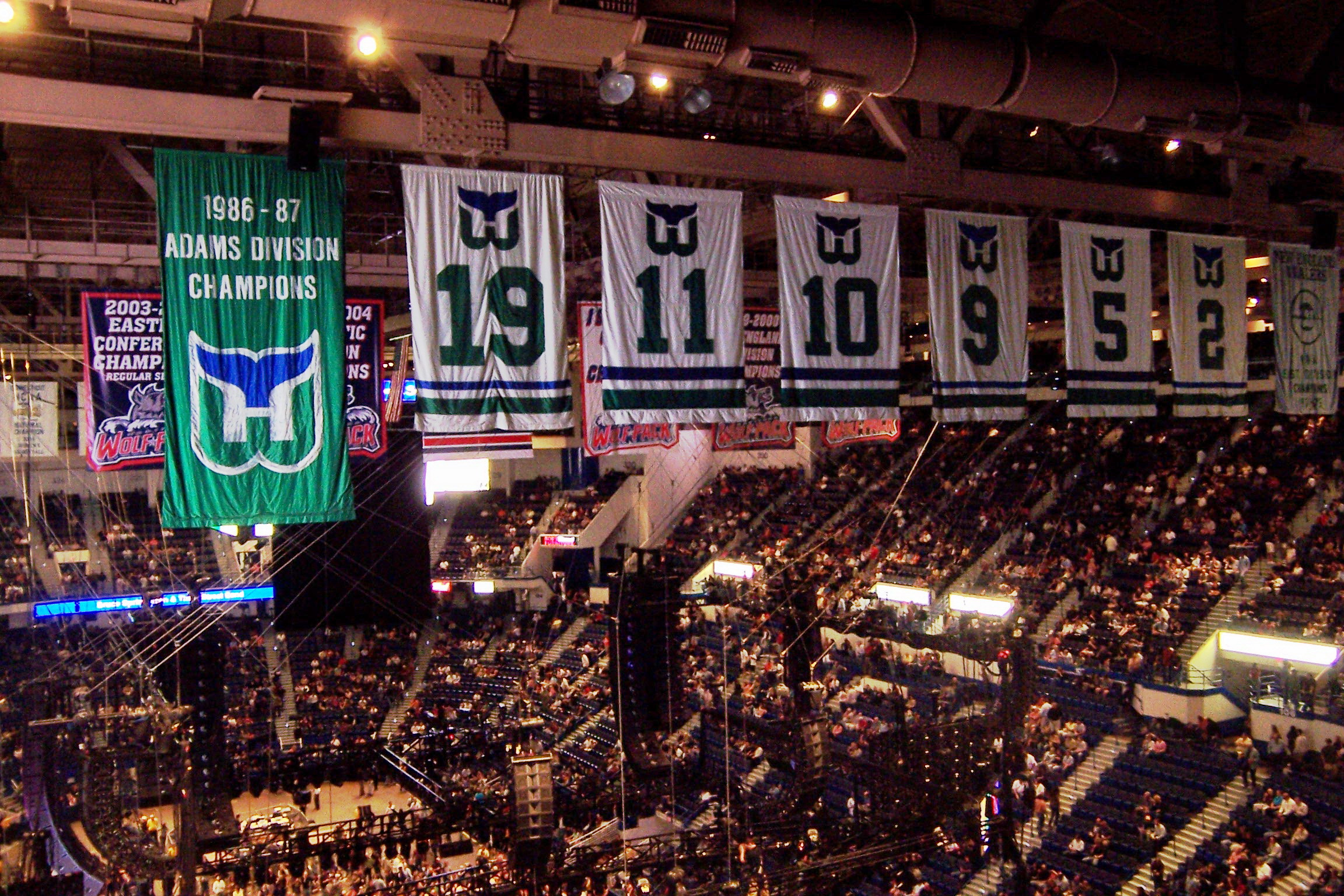
12. **Hartford Whalers**
Before becoming the Carolina Hurricanes, the Hartford Whalers carved out a unique and memorable identity in professional hockey, first as a member of the World Hockey Association (WHA) and then transitioning into the NHL. Originally founded as the New England Whalers in the WHA in 1972, the team found a dedicated home in Hartford, Connecticut, where it fostered a fervent fan base with its distinctive green, white, and blue colors and iconic whale logo.
The Whalers’ story is closely tied to the competitive landscape of the WHA, where they were a prominent club before the league’s eventual merger with the NHL in 1979. Their entry into the NHL brought top-tier professional hockey to Hartford, delighting fans with exhilarating matchups and the chance to cheer for their local heroes on the sport’s biggest stage. The franchise became an integral part of Connecticut’s sporting identity.
Despite their popularity and the passion of their fanbase, the Whalers faced ongoing challenges, including arena issues and financial pressures. These factors ultimately led to the difficult decision to relocate the franchise. In 1997, the team moved to Raleigh, North Carolina, transforming into the Carolina Hurricanes, thereby bringing an end to the beloved Hartford Whalers era and leaving behind a legacy that fans still fondly remember and celebrate.

13. **FC Kansas City**
In the landscape of women’s professional soccer, FC Kansas City shone incredibly bright during its relatively short five seasons of existence. As one of the original eight teams in the National Women’s Soccer League (NWSL), which launched in 2013, the club quickly established itself as a powerhouse, combining tactical prowess with a roster of exceptionally talented players. They proved that women’s soccer could thrive and entertain at the highest level.
What truly cemented FC Kansas City’s place in history was their remarkable on-field success, achieving something few expansion teams ever do. They won back-to-back NWSL championships in both the 2014 and 2015 seasons, showcasing a dominant force in the league. This success, coupled with a commendable average attendance of ‘almost 5,000 fans per game’ in their first season and a peak of ‘8,489 fans’ at their 2015 opener, highlighted the strong local support and the team’s ability to draw crowds.
However, even champions can fall victim to circumstances beyond the field. The sad reality of FC Kansas City’s demise in 2017 was squarely centered on ‘an absentee owner.’ Businessman Elam Baer had the team taken away from him after just one year, and without a viable successor, the players and draft picks were sadly redistributed to the expansion team Utah Royals FC. It was a disheartening end for a franchise that had achieved so much in such a short time.
Read more about: The 13 Worst-Selling Cars of the Last 7 Years: Why These Models Are Now Hugely Discounted and How to Avoid Costly Mistakes
14. **Chivas USA**
Chivas USA represented a truly intriguing, albeit complex, experiment in Major League Soccer for almost a decade. From 2005 to 2014, the team operated as a subsidiary of the iconic Mexican club C.D. Guadalajara, which maintained significant control over the team’s branding rights. This unique cross-border connection aimed to tap into the passionate soccer fanbase in Southern California, particularly those with ties to Mexican football culture.
The team shared its home ground, the StubHub Center in Carson, California, with its crosstown rival, the Los Angeles Galaxy. This arrangement created a dynamic akin to the Clippers and Lakers coexisting in the NBA, generating unique local rivalries and a competitive atmosphere within the MLS. This dual-team model in a single market was an innovative approach to league expansion and fan engagement.
Despite its unique premise and efforts to cultivate a distinct identity, Chivas USA struggled to find consistent on-field success and establish a stable financial footing. The team holds the somber distinction of being ‘the last team from a major professional sports league to fold’ after it ceased operations in 2014. Its disappearance highlighted the challenges of maintaining a specific branding niche and navigating the complexities of professional sports ownership in a competitive market.
Read more about: From Soup to Scotch: Unpacking Frank Sinatra’s Must-Have Dressing Room Delights Before Every Concert
15. **Virginia Squires**
The Virginia Squires represent a fascinating chapter in the colorful history of the American Basketball Association (ABA), even though the ABA itself was covered as a league. This team was actually the third incarnation of an ABA franchise, originally starting as the Oakland Oaks, then briefly becoming the Washington Caps, before finding a (somewhat) permanent home in Norfolk, Virginia. This nomadic start foreshadowed a dramatic and exciting, yet ultimately unstable, existence.
The Squires’ immense popularity, despite their transient nature, had everything to do with the transcendent talent they showcased. From 1971 to 1973, the team was home to none other than Julius Erving, affectionately known as Dr. J, who became an icon of the league with his acrobatic play and unparalleled charisma. His presence alone was a massive draw, turning the Squires into a must-watch attraction for basketball fans.
Following Dr. J’s departure, the Squires continued their tradition of nurturing incredible talent, as another future Hall of Famer, George Gervin—”The Iceman”—graced their roster. These star players provided thrilling basketball and unforgettable moments, embodying the ABA’s flair for entertainment. While the team itself eventually faded with the league, its legacy of housing some of basketball’s all-time greats ensures that the Virginia Squires remain a storied name in sports history.
So there you have it, folks—a deeper dive into the “what could have beens” and the “remember whens” of the sports universe. Each of these teams and leagues, from the high-flying ABA legends to the pioneering soccer champions, pitched a curveball at the status quo, shuffled the deck of rules and playbooks, and gave athletes a stage to strut their stuff. Their legacies may have dimmed, but they remain sparklers in the twilight of sports lore, reminding us that every once in a while, a brilliant new star will appear, even if it’s only for a fleeting, memorable moment before it vanishes into the vast, competitive night sky.



